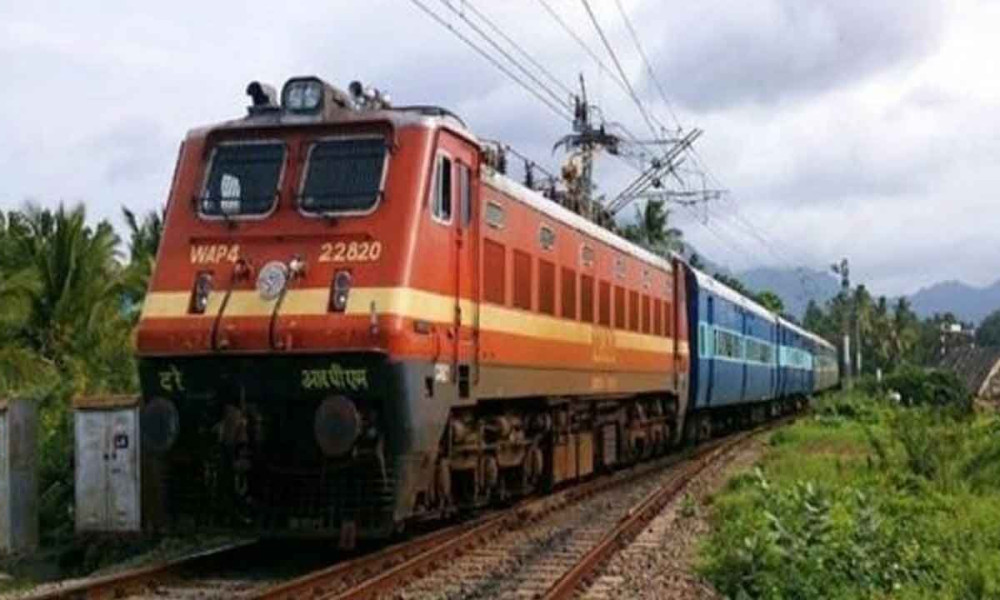The Indian government has given the green light to four major railway multitracking projects, marking a significant push for infrastructure development. The Cabinet Committee on Economic Affairs approved these projects on Thursday, with a total investment of approximately Rs 11,169 crore. The initiative is set to enhance rail connectivity across six states and 13 districts, adding 574 kilometres to the existing railway network. The targeted completion date for these projects is set for 2028-29, ensuring long-term benefits for both freight and passenger travel.
These projects will span Maharashtra, Madhya Pradesh, West Bengal, Bihar, Odisha, and Jharkhand, addressing critical connectivity gaps in these regions. The expansion will not only boost transportation efficiency but also generate employment opportunities during the construction phase. The railways have been a backbone of India’s transport system, and these upgrades are expected to further strengthen their role in the country’s economic growth.
One of the approved corridors includes the fourth line between Itarsi and Nagpur, a crucial link for freight movement in central India. Another key project involves doubling the Aurangabad (Chhatrapati Sambhajinagar)-Parbhani section, which will ease congestion and improve travel times for passengers. Additionally, the introduction of third and fourth lines on the Aluabari Road-New Jalpaiguri and Dangoaposi-Jaroli routes will enhance capacity and reduce delays in these heavily trafficked zones.
The government’s focus on multitracking projects highlights its commitment to modernizing India’s railway infrastructure. By increasing the number of tracks in high-demand corridors, the railways can handle more trains efficiently, reducing delays and improving safety. This move is aligned with the broader vision of transforming Indian Railways into a world-class transport network.
Local economies are expected to benefit significantly from these developments. Improved rail connectivity often leads to better access to markets, lower logistics costs, and increased tourism potential. The long-term impact on regional development could be substantial, particularly in states like Odisha and Jharkhand, where industrial growth is closely tied to transportation infrastructure.
These projects also reflect the government’s emphasis on sustainability. Railways are one of the most energy-efficient modes of transport, and expanding their capacity can help reduce carbon emissions by shifting freight and passenger traffic from roads to rails. With climate concerns becoming increasingly pressing, such investments play a vital role in India’s green transition.
The approval of these projects comes at a time when infrastructure development is seen as a key driver for post-pandemic economic recovery. By creating jobs and stimulating demand for raw materials, the construction of these rail lines will have a multiplier effect on the economy. The railways’ modernization efforts are poised to make travel smoother, faster, and more reliable for millions of Indians.
Passengers can look forward to fewer delays and more comfortable journeys once these projects are completed. For businesses, the improved infrastructure means faster movement of goods, which can enhance supply chain efficiency. The rail multitracking initiative is not just about adding tracks—it’s about building a stronger, more connected India.
With 2028-29 as the projected completion timeline, the projects will unfold over the next few years. Monitoring their progress will be crucial to ensure they stay on schedule and deliver the promised benefits. As the country moves closer to realizing its infrastructure goals, these railway upgrades will be a cornerstone of India’s growth story.

